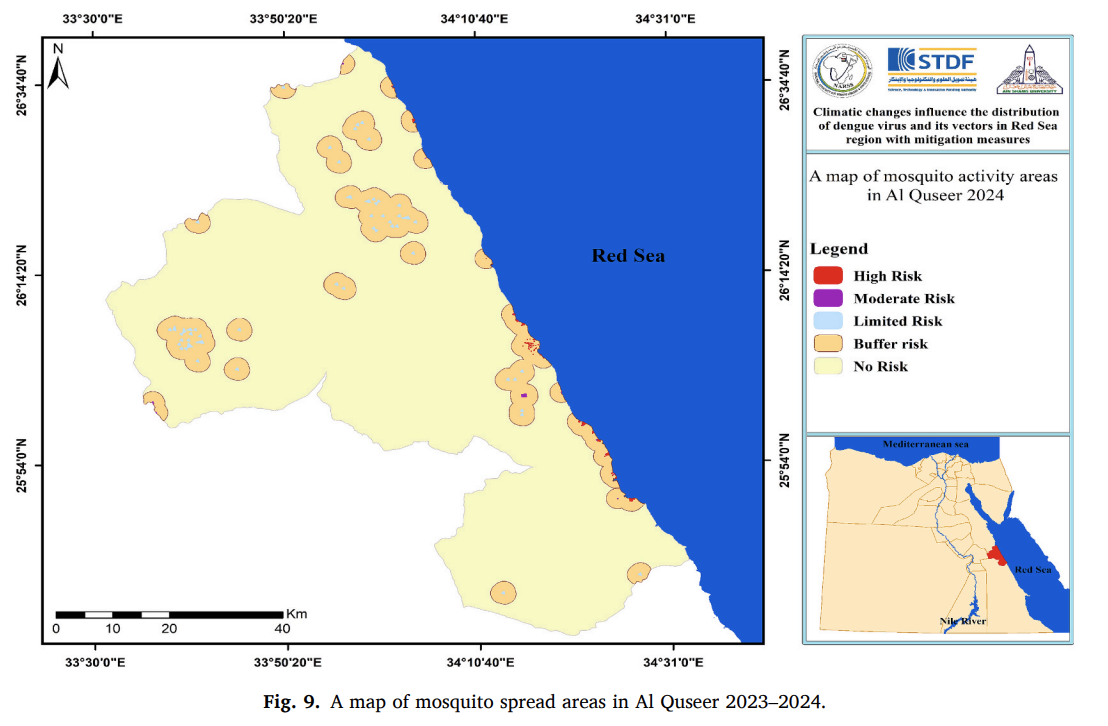The tell-tale signs that your dog could have separation anxiety now that the kids are back at school
By By The Newsroom
Copyright falkirkherald

The kids are now back at school after the summer holidays, but being apart from them can leave our pets feeling blue.After a summer full of adventures with the children, your pet could now be left feeling lonely and missing the attention. Sean McCormack, Head Vet at Tails, explains how to spot anxiety in your dog and ease the symptoms.
With the kids now back at school, your dog might be feeling lonely and left out after a summer full of attention and adventures.
They can often find the transition harder than we humans after enjoying constant companionship over the summer, only now to be left without.
Some dogs can find it a distressing time, leading to signs of separation anxiety. Sean McCormack, Head Vet at Tails.com, explains what separation anxiety looks like, why it happens, and how you can support your dog through this seasonal adjustment.
What is separation anxiety?
Separation anxiety is estimated to affect 13% to 18% of dogs. It tends to occur when a dog is left home alone and finds it hard to settle without their human companion, leading to anxiety and sometimes destructive tendencies such as excessive barking, destructive chewing, or pacing.
Separation anxiety can sometimes be mistaken for boredom. If your dog’s restlessness is down to a lack of stimulation, enrichment toys such as lick mats or chew treats can help keep their brains engaged when you leave them.
How to spot separation anxiety in your dog?
Dogs communicate through their body language, so it’s important to pay attention to how they are behaving. Some of the most common signs of stress or anxiety in dogs include:
Ears pinned back Restlessness or being constantly on alert Destructive behaviour Loss of appetite Shaking, cowering or hiding Excessive panting Growling or baring teeth Snapping or biting Barking or howling Avoiding interaction
If you’re noticing these behaviours regularly, or they seem to be getting worse, it’s worth seeking help from your vet or a qualified dog behavioural specialist.
How to help a dog with anxiety?
Supporting an anxious dog takes time and patience, but with the right help and consistency, most dogs can feel calm, secure, and happy again. Here are five ways you can help ease the symptoms of separation anxiety in your dog, according to Sean McCormack, Head Vet at Tails.
Speak to your vet
If you start to notice anxiety in your dog, the vet is the best starting point, as they can help identify what type of anxiety your dog may be experiencing and can rule out any underlying health conditions.
Try behavioural therapy
Your vet may suggest referring you to a certified dog behaviourist. They can help use techniques that will gradually reduce your dog’s anxiety and fear response when left alone. It will take work, but over time, your dog will learn to associate being left alone with something good, not something scary.
Keep them active
Exercise is a natural stress-reliever for dogs, with regular activity helping to burn off excess energy. For particularly anxious dogs, opt for quiet walking routes during off-peak times to minimise exposure to potential triggers.
Offer mental stimulation
Keep your dog’s brain active with enrichment toys, puzzle feeders, and lick mats to provide comfort and distraction, especially during times when your dog is left alone. These boredom busters help positively redirect nervous energy.
Medication (if recommended)
In some cases, your vet may recommend short or long-term medication to help ease your dog’s anxiety and make behaviour training more effective. Always speak with your vet before introducing any medication.
You can find out more information on how to get your dog used to spending time alone at Dog’s Trust.



